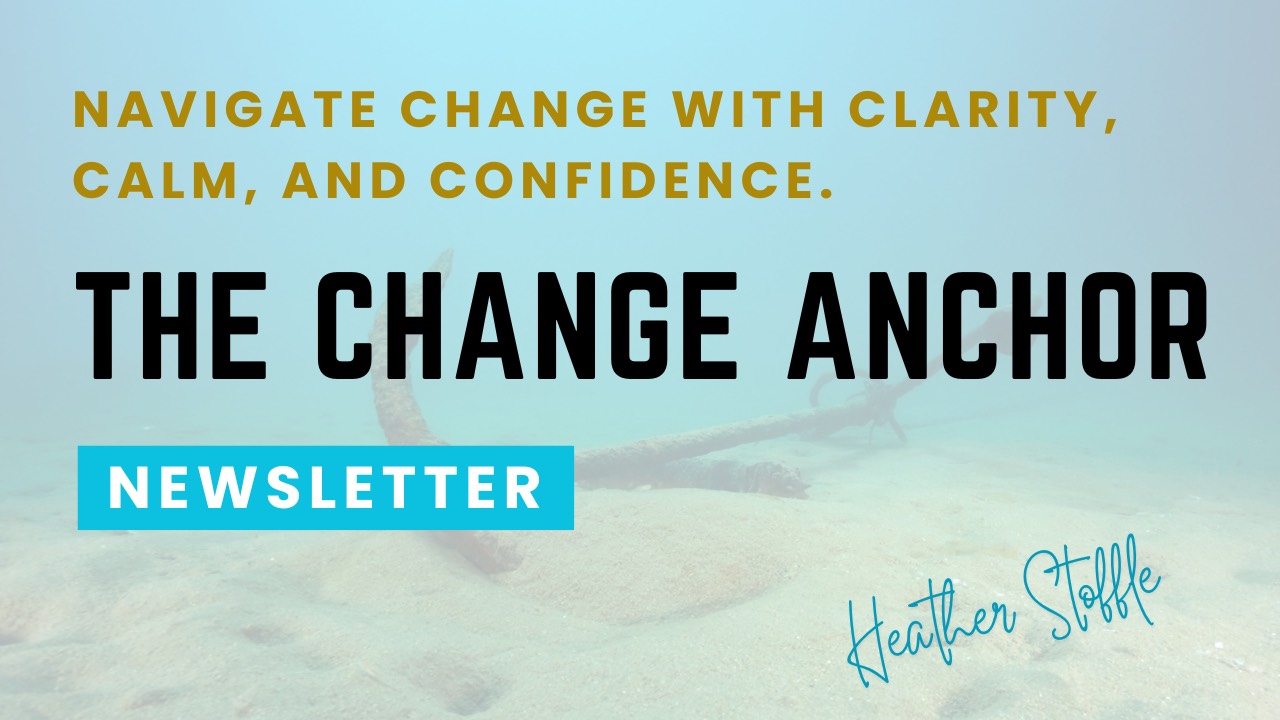3 Mistakes I've Made (And Learned From) As a Leader Navigating Complex Change
Oct 28, 2024
As someone who's been leading change in highly regulated industries for over 20 years, I've seen it all. From multimillion-dollar compliance overhauls to large-scale IT transformations and navigating change in these complex environments is like running a high-stakes marathon on a tightrope. There's no room for missteps, and the stakes are sky-high.
In my experience, new leaders in this space tend to hit the same roadblocks time and time again. But here's the good news... I've made all these mistakes myself, and I've learned how to avoid them. Let me share three common pitfalls I've encountered, and the strategies I use to sidestep them.
- Flying Blind on Stakeholder Mapping. Early on in my career, I made the mistake of rushing headfirst into change initiatives without properly identifying and engaging key stakeholders. I assumed everyone was on the same page or that I didn't need full buy-in to get things done. Big mistake. In regulated industries, missing critical voices like compliance, quality, or legal can mean major delays, resistance, or even regulatory penalties.
The solution? I learned to map out the full stakeholder landscape from the start. Really understanding who's impacted directly and indirectly, who's influential, and who has the power to say "no." Then I make it a point to proactively involve these stakeholders every step of the way, using regular touchpoints to align expectations and nip issues in the bud before they escalate.
- Betting on 'One and Done' Communications. Another rookie error I often see is thinking that a single email or company-wide announcement is enough to effectively communicate major changes. In regulated environments, clear and consistent messaging is mission-critical. I didn’t take long for me to quickly learn that any ambiguity or gaps could lead to confusion, compliance risks, and operational hiccups.
These days, I develop a comprehensive communication plan using multiple channels (email, meetings, newsletters, intranet posts) and tailoring the message for different stakeholder groups. I make sure to build in two-way feedback loops along the way so people feel heard and engaged throughout the process.
- Hoping for the Best on Resistance The third mistake I used to make was assuming that resistance meant failure, or that everyone would just fall in line once change was underway. In reality, change is hard - especially when processes are deeply entrenched for good reason. Ignoring resistance is a recipe for friction, frustration, and ultimately, falling short of long-term goals.
Now, I plan for and expect resistance from the start. I try to understand the "why" behind it, whether it's fear, uncertainty, or perceived loss. And I empower my change champions to advocate for the vision and turn the tide with skeptical stakeholders.
Leading change in complex, regulated environments isn't for the faint of heart. But by steering clear of these three common mistakes, you'll be well on your way to driving meaningful, lasting impact. Stay focused on stakeholder mapping, over-communicate, and get comfortable with resistance. That's the formula that's worked for me over the past two decades. It may be a precarious walk, but with the right strategies in place, you can make it to the other side.




